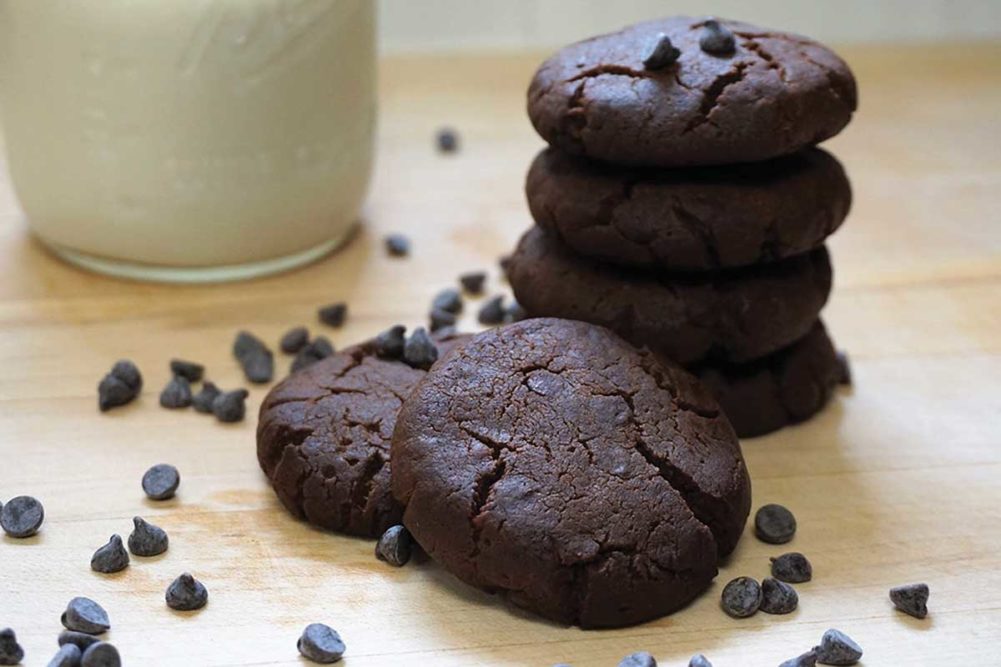Baked goods — most anyway — derive their structure from gluten, which forms when flour absorbs water. Since gluten is already a protein, adding even more protein to a formulation can cause all sorts of challenges as these proteins in the formulation fight for available water.
Next to flavor, absorption becomes the biggest issue that crops up when adding protein to baked goods. Not all proteins absorb water in the same way — or even hold onto it once they have it. This can even vary within the same protein source as proteins can come in different forms and absorption needs can change from year to year depending on the crop available. The battle for water is critical because it impacts so many qualities of the finished product.
“You could sacrifice some aspect of that baked good that you don’t want to: texture, processing, shelf life,” said Jeff Hodges, bakery scientist, ADM.
The development of highly absorbent gluten followed by the release of excess moisture in the oven create the final product’s texture and mouthfeel. When too many proteins are fighting for water, that contributes to problems during baking.
“All proteins tend to hydrate and will compete for available water, thus contributing to a dry texture and increased density in baked goods,” said Laura Colin, senior technical business development manager, Blue Diamond Almonds Global Ingredients Division.
These issues cause ramifications on the production line, too. When the dough becomes too dry it becomes too difficult to machine, but that doesn’t mean just adding more water is always the answer.
Overcorrections can occur.
“Dough rheology can rapidly change over the course of processing, and the final baked goods can become dry or fall apart easily, qualities consumers will not accept,” said Jeff Casper, director of research and applications, Merit Functional Foods. “Overcompensating with too much water can cause doughs to become too sticky and soft, which leads to issues in dividing and shaping, uneven crumb formation and excess volume in the finished good as well as moisture levels that can increase bake time.”
And then there’s shelf life. Shelf life is rooted in the water activity of the finished product. Any changes in water absorption are going to affect this all-important timeline.
Resolutions to these conflicting needs depend on the types of protein involved and the bakery application itself. And there are many strategies for troubleshooting absorption, from ingredients to process changes.
“The amount of water absorption can change with the application type, protein levels in an application and protein source,” said Erin Nese, technologist, commercial innovation acceleration for the United States and Canada, Ingredion Inc. “The higher the level of protein used the more of an impact this will have on the application. Absorption needs will change across different protein sources based on their water holding capacities, solubility and hydration rates.”
This article is an excerpt from the February 2021 issue of Baking & Snack. To read the entire feature on protein, click here.






